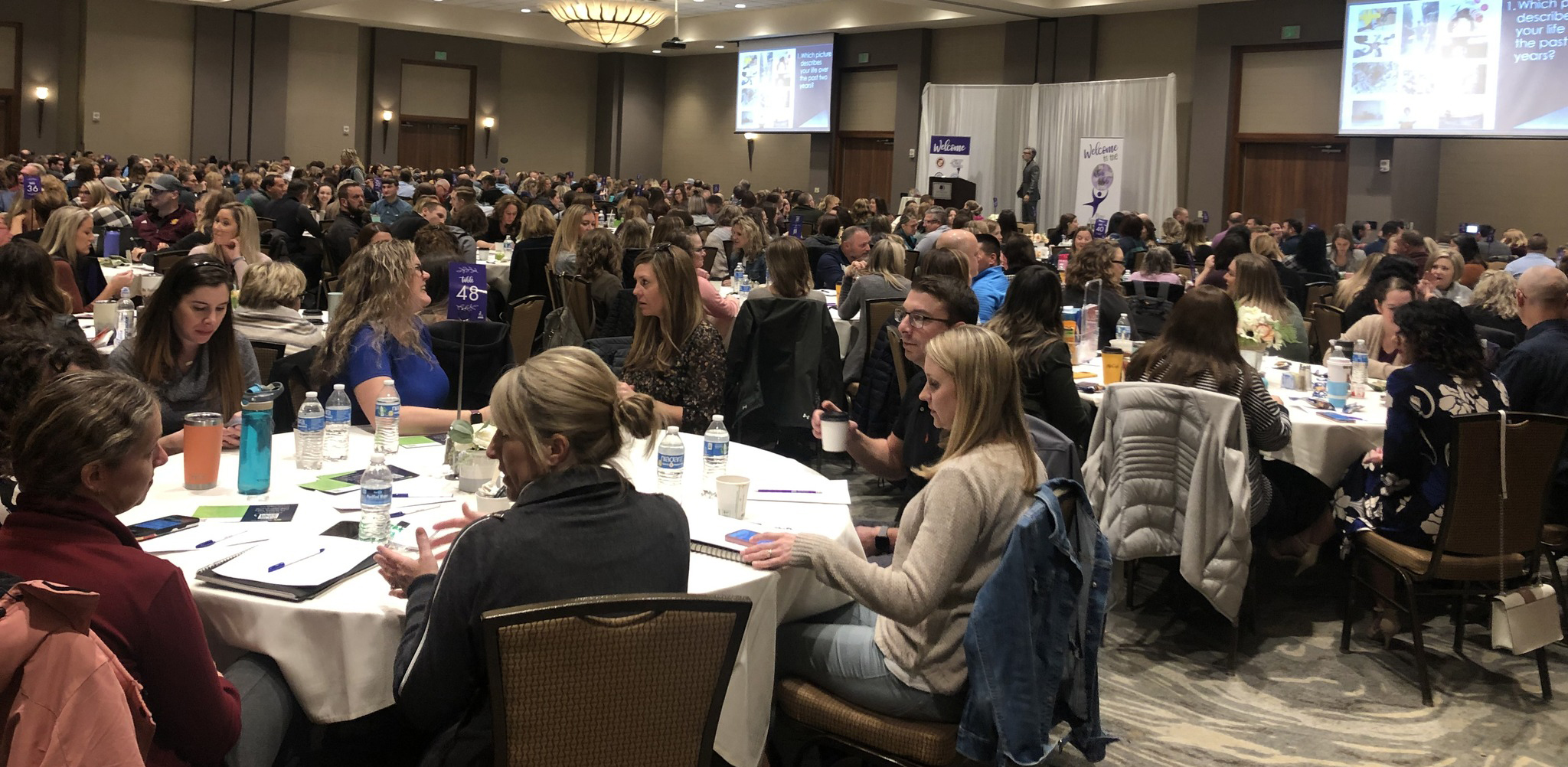
Homeless Education
The challenge of providing an education for homeless students is growing. Over 1.35 million children experience homelessness each year*; in Michigan almost 17,000 school aged children experience homelessness each year. People who do not have their own home are highly mobile, moving as many as 12 times as often as their permanently housed peers. In addition, domestic violence touches as many as 63% of homeless parents+. The instability that homeless children experience as they move frequently between the homes of family or friends and shelters makes it difficult for children and youth to have a place to do homework or even attend school at all. To further complicate things, students can have a difficult time enrolling in school due to a lack of records such as immunization or birth records, school transcripts, or a lack of a permanent address. Children who experience delays or absences often fall behind quickly, making their education more challenging.
After receiving reports that up to 50% of homeless children were not attending school, Congress established the McKinney-Vento Homeless Assistance Act. The McKinney-Vento Act was created with the goal of ensuring the enrollment, attendance, and success of homeless children and youth in school. It provides states with funding to help remove barriers to education.
Children and youth experiencing homelessness find shelter in a variety of places. To help educators identify homeless children, the Act defines who is considered homeless. According to the U.S. Department of Education, people living in the following situations are considered homeless:
- Doubled up with family or friends due to economic conditions;
- Living in motels and hotels for lack of other suitable housing;
- Runaway and “Throwaway” children and youth;
- Homes for unwed or expectant mothers for lack of a place to live;
- Homeless and domestic violence shelters;
- Transitional housing programs;
- The streets;
- Abandoned buildings;
- Public places not meant for housing;
- Cars, trailers, and campgrounds;
- Awaiting foster care; or
- Migratory children staying in housing not fit for habitation.
*Burt, M. & Laudan, A. (2000). America’s Homeless II: Populations and Services. The Urban Institute.
+Stern, L. & Nunez, R. (1999). Homeless in America: A Children’s Story. The Institute for Children and Poverty: New York.






